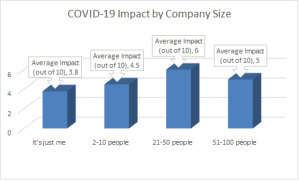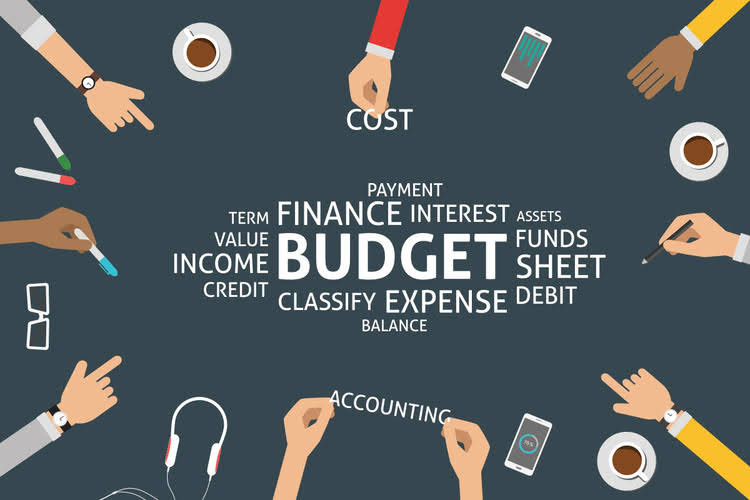Trial Balance Objectives, Purpose, Focus Points, and Example

Finally, if some adjusting entries were entered, it must be reflected on a trial balance. In this case, it should show the figures before the adjustment, the adjusting entry, and the balances after the adjustment. Trial balance is used to simply finish the next phase of preparing the balance sheet by aiding in the recording of the company’s income and expenses. This records the balances of the company’s assets, equities and liabilities. While recording carriage outwards in a trial balance, the amount must be written down in the debit column. Carriage outwards is considered as an expense of the seller that occurs while transferring goods to customers.

Step 1 of 3

With these requirements in place, the trial balance becomes a reliable tool for assessing the financial health of a business. If this isn’t the case, try halving the difference (if the number is even) and seeing if a balance of that amount has been included in the wrong side of the trial balance, where it would have a double impact on the discrepancy. You may find that this gives a figure that you can find in the original list of balances and which you have either not included in the trial balance, or have not included in your addition of the trial balance figures. It is not distributed elsewhere within an organization, and it is not read by outside parties, other than the auditors. To achieve this, it is often useful to calculate the difference between the totals as an initial step.
Requirements for Preparing a Trial Balance
It is mainly an internal report that is/was useful in a manual accounting system. If the trial balance did not “balance” it signaled an error somewhere between the journal and the trial balance. Often the cause of the difference was a miscalculation of an account balance, https://www.bookstime.com/ posting a debit amount as a credit (or vice versa), transposing digits within an amount when posting or preparing the trial balance, etc. Transferring information from T-accounts to the trial balance requires consideration of the final balance in each account.
Does a Business Have to Use a Trial Balance?
A discrepancy between balances means that there is an error somewhere in the accounting system. Bookkeepers and accountants or small business owners use different types of trial balance, depending on the stage of the accounting cycle close. Accounting software and ERP systems often generate trial balance reports. Some small businesses less efficiently use Google Sheets or Excel worksheets or templates for preparing their trial balance documents.
The purpose of the trial balance is to test the equality between total debits and total credits after the posting process. This trial balance is called an unadjusted trial balance (since adjustments are not yet included). When the trial balance is first printed, it is called the unadjusted trial balance.
How to Prepare a Trial Balance?

Just upload your form 16, claim your deductions and get your acknowledgment number online. You can efile income tax return on your income from salary, house property, capital gains, business & profession and income from other sources. Further you can also file TDS returns, generate Form-16, use our Tax Calculator software, claim HRA, check refund status and generate rent receipts for Income Tax Filing. Check if business assets are equal to the company’s equities and liabilities.
- Trial balance is used to simply finish the next phase of preparing the balance sheet by aiding in the recording of the company’s income and expenses.
- The term ‘Trial Balance’ is derived from the perspective that it acts as a test for fundamental entries in the bookkeeping but does not perform a full audit.
- The goal is to confirm that the sum of all debits equals the sum of all credits and identify whether any entries have been recorded in the wrong account.
- If the trial balance totals do not agree, you should try to find the error.
- According to a report by the Association of Certified Fraud Examiners, businesses lose an average of 5% of their revenue to fraud each year, much of which can be traced back to inaccurate financial records.
- The debits would still equal the credits, but the individual accounts are incorrect.
Similarly, incomes cause the owner’s equity to increase, and hence an income is recorded as a credit. If a trial balance is in balance, does this mean that all of the numbers are correct? It is important to go through each step very carefully and recheck your work often to avoid mistakes early on in the process.
Unfortunately, you will have to go back through one step at a time until you find the error. At Finance Strategists, we partner with financial experts to ensure the accuracy of our financial content. In addition to the above, trial balance performs another important function. My Accounting Course is a world-class educational resource developed by experts to simplify accounting, finance, & investment analysis topics, so students and professionals can learn and propel their careers.

A trial balance ensures the accuracy of your accounting system and is just one of the many steps in the accounting cycle. A trial balance plays a major role in the accounting cycle, notably at the end of an accounting period before generating financial statements. A trial balance trial balance definition is an internal report that itemizes the closing balance of each of your accounting accounts. It acts as an auditing tool, while a balance sheet is a formal financial statement. Before computers, a ledger was the main tool for ensuring debits and credits were equal.
Leave a Reply
Want to join the discussion?Feel free to contribute!